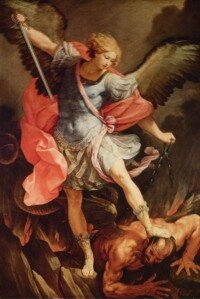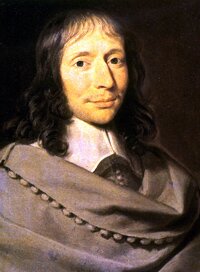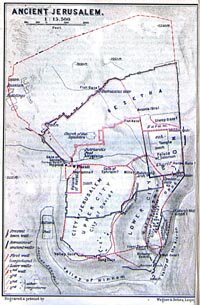 The Apostolic Fathers are a small collection of Early Christian authors who lived and wrote in the second half of the 1st century and the first half of the 2nd century. These authors are acknowledged as leaders in the early church, but their writings were not included in the New Testament biblical canon.
The Apostolic Fathers are a small collection of Early Christian authors who lived and wrote in the second half of the 1st century and the first half of the 2nd century. These authors are acknowledged as leaders in the early church, but their writings were not included in the New Testament biblical canon.The apostolic fathers include St. Clement of Rome, St. Ignatius of Antioch, and St. Polycarp of Smyrna.
The Roman Catholic label “Apostolic Fathers” has been used since the 17th century to emphasize that these authors were thought of as being of the generation that had personal contact with The Twelve Apostles. Thus they provide a link between the Apostles who knew Jesus of Nazareth and the later generation of Christian apologists, defenders of orthodoxy, and developers of doctrine known as the Church Fathers.
Apostolic fathers and their works
Famous Apostolic Fathers include St. Clement of Rome (c 30 - c 100), St. Ignatius of Antioch, and Polycarp of Smyrna. In addition, The Didache and The Shepherd of Hermas are usually placed among the writings of the Apostolic Fathers although their authors are unknown.More...






















